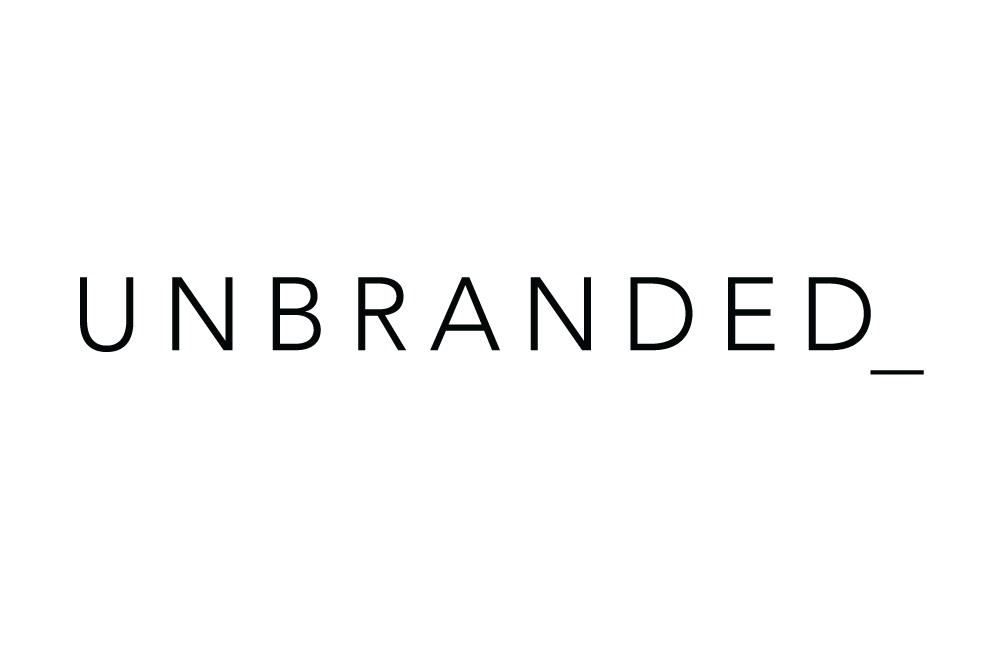As an entrepreneur, regardless of your craft or service industry, we like to think that our solution or offering will have a positive impact on all we meet. Besides the standard entrepreneurial optimism and general believing in oneself, there is a fundamental flaw to that assumption. If everyone is your client, your solution is too general and you probably don’t understand your target audience. Understanding the difference between your real and perceived clients makes all the difference.
A startup or SME can spend an exhaustive amount of time communicating with and chasing the wrong clients. Yes, there are clients out there that are not for you, that require solutions and services that you can’t offer. This chase almost always ends badly, with feelings of inadequacy and frustration, likely on both sides.
1. Understand your offering, truly understand it.
This involves digging deep into why your company exists, and how your solutions differ from the competition. It sounds like a standard and basic exercise that all businesses and their founders have gone through, right? Sure, on paper it could be the case however many businesses create offerings without realising where their value actually lies. It is easy to get lost in the frenzy and passion of business. As an agency, we have seen clients pour time, energy and money into ventures without understanding exactly where their offering fits in, adds value and most importantly, remains sustainable. Understanding your offering, fundamentally helps you understand your clients.
2. Understand your client.
So you have a solution that you believe is an absolute game-changer (we all do, otherwise we wouldn’t be in this crazy Mad Max like gladiator ring of entrepreneurship) but do we understand our target client well enough to be of real value? Putting time and energy into the wrong clients could spell the end for promising businesses. Figure out which profile of client you want to target, and then be honest with yourself and measure if there is in fact a sustainable market for your business. Knocking on doors is part of the job but at least knock on doors when people are home.
3. Be comfortable with turning down or letting go of certain clients.
The client (customer) is always right, right? No, we all know that that is 100% bullshit. We are all humans, and sometimes we are in the wrong, act unreasonably and perhaps have expectations that are unrealistic. As soon as we can accept that we are on both sides of that notion, the easier it will be to learn that sometimes, the fit just isn’t right. As a business, you need to know that clients that respect your work, and your offering will ultimately build your business. Clients that don’t value your work, will have a negative impact. Likewise, if you are not able to service a client to the best of your abilities, whether through lack of capacity/lack of skill or differing ideologies, it is best to part ways. Sometimes a tough pill to swallow but if acted in the best interests of the account, it is almost always the best decision.
4. Be comfortable with clients letting you go.
Barring negligence, mismanagement of the account and general inadequacy, having a client opt for new ideas and a new direction is part of the game and should not be taken to heart. Sometimes it is important to get a new perspective, and more often than not, you would be able to see it coming. Even Nandos recently switched agencies for a fresh approach. Considering how incredible their strategy and advertising was, imagine how tough that was to accept. Point being, it happens to the best of us.
“knocking on doors is part of the job, but at least knock on doors when people are home”
We all would like to think that our offering, is ultimately the best solution for all who gaze upon it. We even like to think that we are the best company for all our clients. Truth is, we can’t confidently always know that. A business relationship has many dynamics, and our individual business culture plays a big role in how we gel with our clients. Not everyone is your client, and that’s ok.





Leave a Reply
You must be logged in to post a comment.